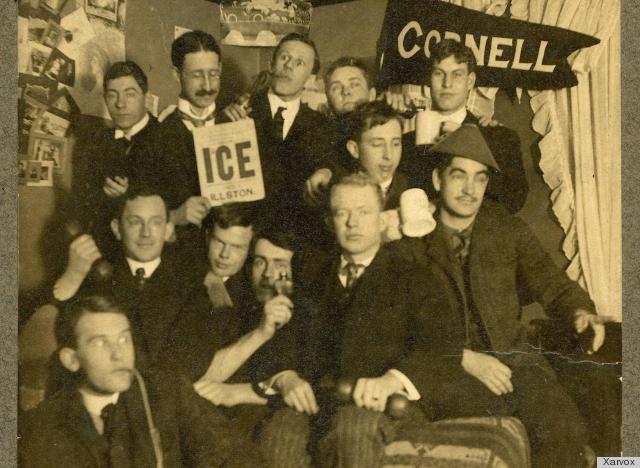The 5 Best Colleges Killing it With Higher Ed Social Media
Are you using Facebook and Twitter to market your college? If so, you know it’s nearly impossible to compose an attention-grabbing social media campaign right off the bat. So what do you do? Many social media marketing managers find fleeting success by making constant adjustments to their plan; however, many find this method to be time consuming with little to show for their efforts in the end. But before you give yourself an “F” in social media marketing, try performing a little research to see how other colleges are successfully utilizing their pages. Or better yet, let us get you started! In this post, we’ll show you the top five colleges killing it with Higher Ed social media.
 1. Yale University – Attract More Followers with Variety
1. Yale University – Attract More Followers with Variety
Could your posts be described as humdrum or just plain bland? Posting only basic school info or updates is a clear-cut way to ensure no one will visit your page more than once. Luckily, schools like Yale University see the big picture: bland and boring does NOT keep students coming back for more.
Yale’s Facebook administrators are posting a little bit of everything, from articles about National Ice Cream Day to photos of students juggling on unicycles.
The Lesson: If you want to stick out in a student’s mind, you must give them a reason to remember you. Adding a little more variety to your Facebook page will increase your chances of connecting with a greater number of potential students.
2. Miami University – Use Pinterest for Brand Visualization
Pinterest is the newest major site to enter the social media scene. Introduced in 2009, it’s quickly jumped to the #3 most visited social media network due to its unique, all-picture platform.
Although many view Pinterest as a website meant solely for wasting time, this is simply not the case. Take Miami University for instance. They currently have over 2,200 followers and host multiple boards used to pin advertisements for school functions and honor alumni (just to name a couple).
The Lesson: Photos generate more attention than text posts. In April 2013, a study was released showing Pinterest users viewed an average of 2.9 pages per visit while Facebook users only viewed an average of 1.6 pages. That’s an 81% difference! Post photos to both your Facebook and Pinterest accounts, or better yet, link them together to better optimize your time.
3. Cornell University – Give Your Students a Turn at the Mic (or Keyboard)
When researching colleges, it’s difficult to make an educated decision based on a school’s website. This is where student-run blogs can play a major part in your school’s enrollment. Cornell University launched an uncensored blog on their site specifically for students to “tell it like it is.” Potential students are presented with a more realistic look at the ups and downs of college life.
The Lesson: Installing a student blog on your school’s website promotes a level of trust between your school and both current and potential students. Be sure to promote all blog posts on Facebook, Twitter, and Google+ to encourage visibility.
 4. Stanford University – Show Your Willingness to Help
4. Stanford University – Show Your Willingness to Help
When not teaching, professors normally work on grading assignments or discussing coursework with students in their office. The problem many students are faced with is knowing when a teacher is available to talk.
Stanford University created a Facebook program called “Stanford Open Office Hours.” The program consists of Facebook admin announcing a faculty member is available, asking for questions, then posting a video of the responses.
The Lesson: Displaying your willingness to assist students by answering questions is another way to build trust between your school’s faculty and students.
5. Boston University – Help Students Destressify
It doesn’t matter if you are a first year student or enrolled in your last year of college, school can be STRESSFUL.
To provide students with a way to blow off steam, Boston University is one of many colleges to implement the game SCVNGR (pronounced “scavenger”) to their campus. SCVNGR is a social location-based game, using platforms like Facebook and Twitter to direct where to travel next.
The Lesson: Implementing a social media-based game for your students is a great way to show how much you care about their well-being while also engaging them through your Facebook and Twitter accounts.
Now that you have an idea of how you can improve upon your Higher Ed social media campaign, you should feel ready to compose a more cutting-edge strategy with renewed confidence. Thanks for reading!
Know of a university or college with a unique social media setup? Tell us all about it in the comments section below.
Lacking the time for social media marketing? Let us build a custom content creation strategy for your college or university. Contact us today!





